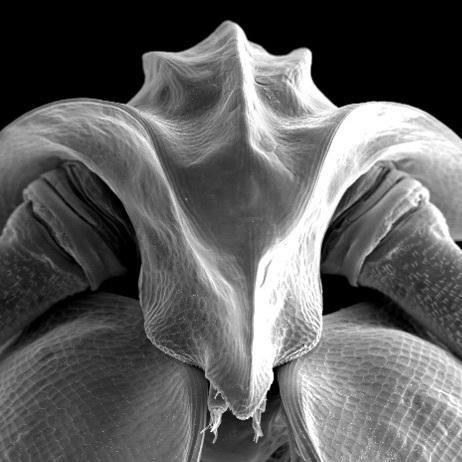Phenotypic plasticity

Predation is a key factor in explaining both population dynamics and the evolution of prey organisms. Due to this selection pressure, a wide variety of defence mechanisms have evolved in the plant and animal kingdoms. The phenomenon of inducible defence describes the strategy of developing protective mechanisms only when reliable indicators of a high risk to the individual are present. Inducible defence mechanisms, a form of phenotypic plasticity, allow for the best possible defence protection in the face of a frequently changing predator spectrum and for minimising the costs associated with defence if protection is not needed. The sometimes extreme morphological plasticity of Daphnia provides the optimal prerequisite to follow adaptation to environmental factors from the ecological to the genetic basis and to investigate the processes that have led to the evolution of phenotypic plasticity. Current research projects include: the investigation of previously unknown morphological defence mechanisms in Daphnia; functional morphological studies on the protective effect of the defences; the investigation of the adaptation mechanisms of Daphnia to multiple stressors; and the analysis of the molecular basis of morphological plasticity in Daphnia in close collaboration with the Daphnia Genomics Consortium.

